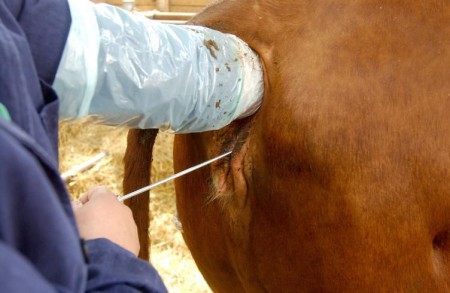
The Plant Germplasm Operations Committee gets together every year to help the National Plant Germplasm System of the USA operate. It has just had its 2011 meeting in Beltsville, MD, with representatives from the national genebanks of Brazil, Mexico and Canada in attendance, and the presentations are online. They provide an interesting glimpse into the workings of a national system which in many ways serves the whole world.

